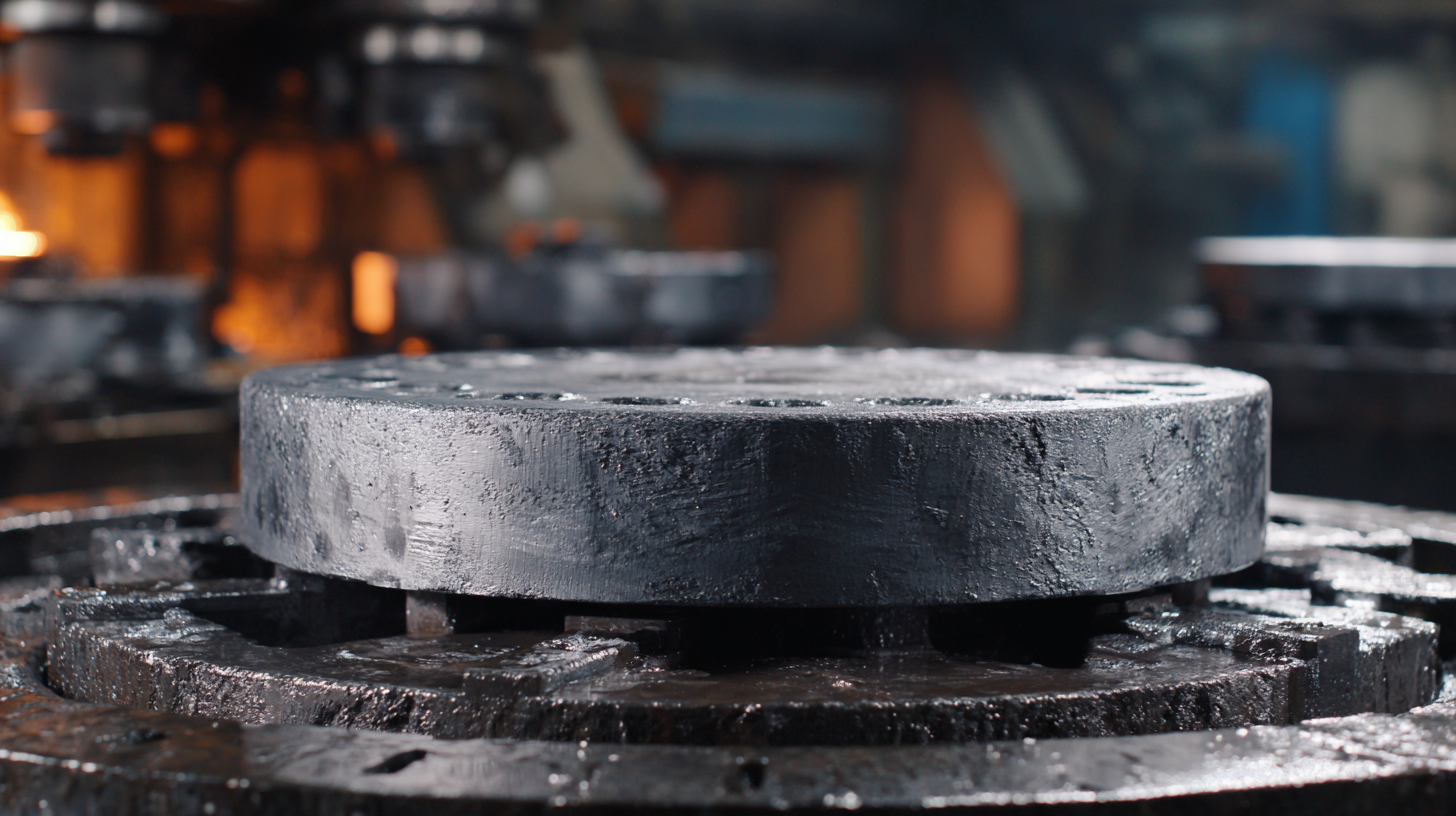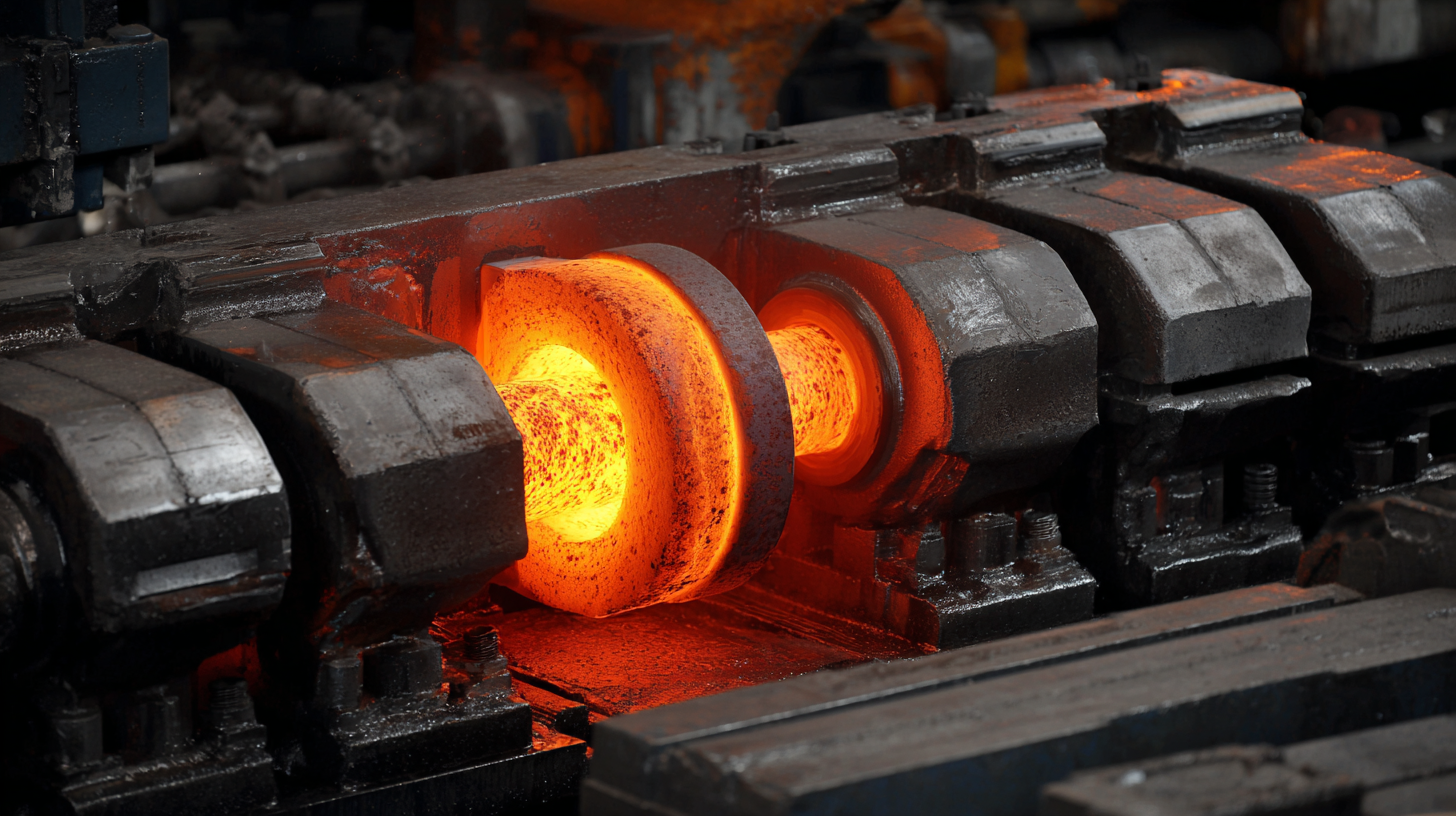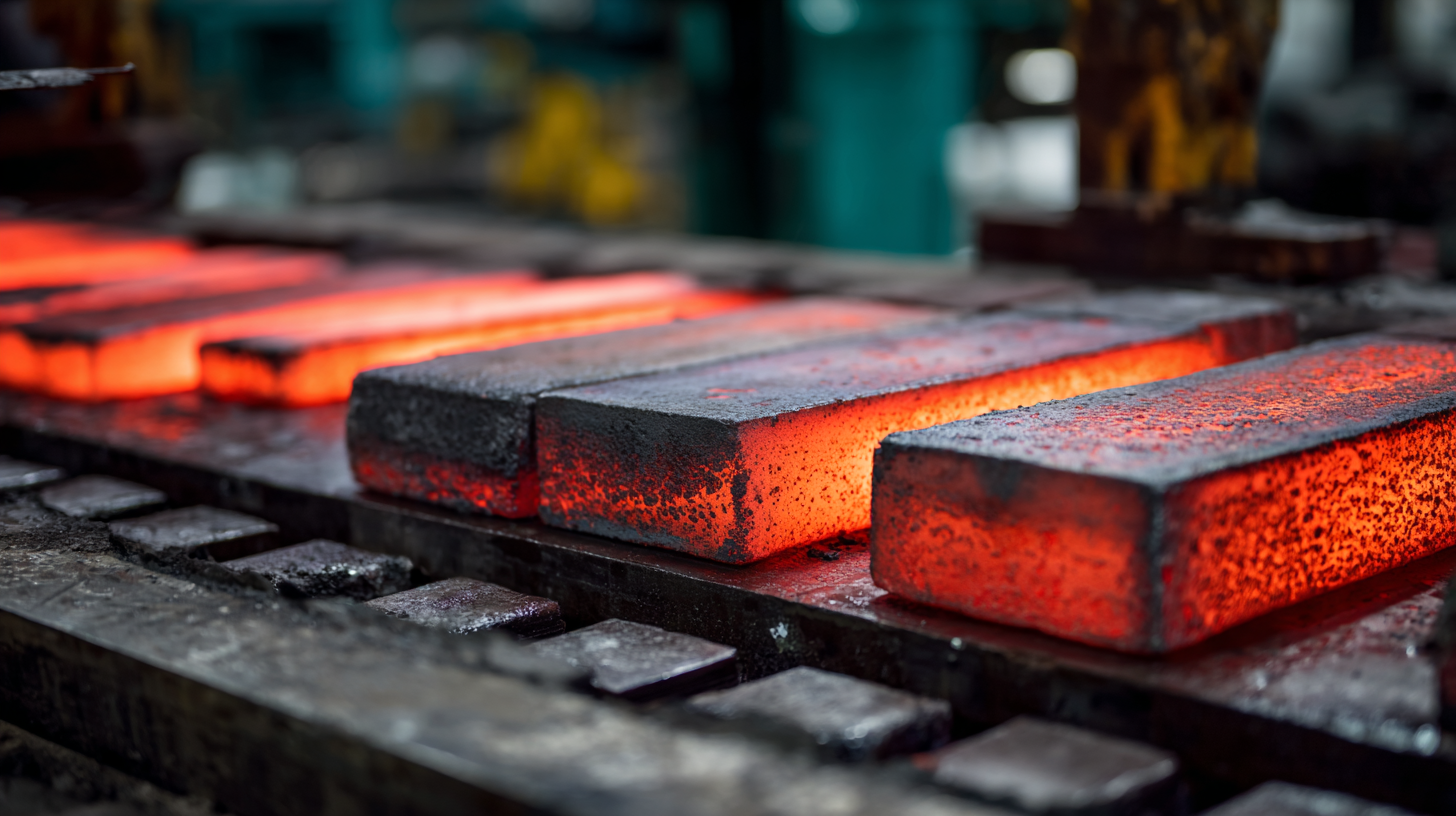Leave Your Message
In today's competitive manufacturing landscape, the choice of materials can significantly impact product performance and market success. Silicon Iron, known for its superior magnetic properties and mechanical strength, is increasingly recognized as a crucial component in the production of high-quality electrical equipment.

According to industry reports, the global Silicon Iron market is projected to grow at a compound annual growth rate (CAGR) of 5.8% from 2023 to 2030, driven by rising demands in sectors such as automotive, electronics, and renewable energy. As China's manufacturing sector undergoes a quality upgrade, the shift towards advanced materials like Silicon Iron exemplifies a commitment to innovation and excellence.
By choosing the best Silicon Iron for manufacturing needs, companies not only enhance their product viability but also position themselves competitively in an ever-evolving global market.
The choice of silicon iron in manufacturing has increasingly become a focal point due to its enhanced electrical conductivity. High-quality silicon iron alloys, typically containing 3-4% silicon, can achieve electrical resistivity that is 30% lower than conventional iron. This significant improvement allows for greater efficiency in electrical applications, including transformers and electric motors, which is supported by reports from the International Energy Agency showing that efficiency gains can reduce energy consumption by up to 15%.
Moreover, the improved conductivity of premium silicon iron leads to increased performance and longevity of electronic components. A study conducted by the Institute of Electrical and Electronics Engineers highlights that using silicon iron in core designs can minimize eddy current losses by up to 40%, which directly translates to lower operational costs and better energy performance in devices. As industries continue to push for more sustainable practices, those who adopt high-quality silicon iron are not just enhancing their product offerings but also contributing to broader energy conservation efforts.
This bar chart illustrates the benefits of enhanced electrical conductivity associated with high-quality silicon iron. The data presents common reasons manufacturers prefer silicon iron on a scale from 1 to 10, based on industry feedback.
The impact of silicon content on magnetic properties is critical in the manufacturing sector, particularly when it comes to selecting the right silicon iron alloy. Research indicates that by modifying the silicon content, manufacturers can significantly influence the magnetic permeability and core losses of the material. For instance, functional grading between soft-magnetic Fe–Co and Fe–Ni alloys has proven to affect their magnetic performance and microstructural properties. A careful balance of silicon levels can lead to enhanced properties, making them more suitable for specific applications.
To optimize magnetic performance, it's essential to consider the microstructural characteristics that emerge from different processing techniques. Recent studies have shown that laser beam profiles can effectively control eddy current losses in Fe-Si soft magnetic alloys, suggesting that microstructure manipulation is just as vital as alloy composition. Furthermore, the incorporation of Cu-rich particles in Fe-Si steels has been indicated to refine grain structures, thereby improving both strength and magnetic properties.
**Tips:** When selecting silicon iron for your manufacturing needs, always evaluate the specific magnetic requirements of your application. Consider experimenting with additive features, such as boron, to further enhance your alloy's magnetic characteristics. Ensure to monitor the effects of processing conditions like cooling rates and laser techniques, as they can lead to significant improvements in overall performance.
| Silicon Content (%) | Magnetic Permeability (μ) | Core Loss (W/kg) | Electrical Resistivity (μΩ·m) | Mechanical Strength (MPa) |
|---|---|---|---|---|
| 0.5 | 3500 | 15 | 50 | 450 |
| 1.0 | 4000 | 12 | 45 | 500 |
| 2.0 | 4500 | 8 | 40 | 550 |
| 3.0 | 4800 | 6 | 38 | 600 |
| 4.0 | 5000 | 4 | 35 | 650 |
When considering manufacturing needs, the choice of silicon iron can lead to significant cost-effectiveness and long-term savings. According to a comprehensive report on energy efficiency in industrial settings, implementing energy-efficient technologies can reduce operating costs by up to 30%. Silicon iron, known for its excellent magnetic properties, can enhance the efficiency of electrical applications, thereby minimizing energy consumption in manufacturing processes. This reduction not only translates to lower utility bills but also aligns with sustainability goals by decreasing carbon emissions.

Furthermore, recent studies highlight the importance of selecting materials that offer both efficiency and cost-effectiveness. For instance, advanced materials like silicon iron can improve overall product performance while keeping production costs in check. This strategic choice enables manufacturers to stay competitive in a market that increasingly values both economic and environmental aspects. By investing in superior silicon iron, businesses can realize significant long-term savings, ultimately contributing to a more sustainable operational model while maximizing their return on investment.
In the quest for sustainable manufacturing practices, the selection of eco-friendly materials like silicon iron becomes paramount. The environmental benefits of utilizing silicon iron are multifaceted, particularly when compared to traditional materials. For instance, recent advances in sustainable concrete development highlight the integral role of silica nanoparticles derived from waste materials. By integrating these nanoparticles into concrete mixtures, we not only enhance the material's properties but also diminish its environmental impact. This approach showcases a strategic pivot towards recycling and reusing industrial by-products, which can significantly reduce the carbon footprint associated with construction.

Moreover, the innovative recovery of metals from waste materials, such as copper slag and mine tailings, further underscores the potential of sustainable practices in the manufacturing sector. Utilizing recycled materials, like iron ore tailings sand and concrete powder, in the production of high-performance materials not only conserves natural resources but also aligns with eco-friendly initiatives. This recycling endeavors enable manufacturers to contribute positively to environmental sustainability while maintaining the quality and performance of their products, making silicon iron an invaluable asset in modern manufacturing.
Silicon iron, a crucial material in manufacturing, stands out for its exceptional strength and durability, significantly enhancing the longevity of equipment. According to a report published by the International Journal of Metallurgy (2022), silicon iron demonstrates superior resistance to abrasion and wear, which is essential for industries with heavy machinery and high operational demands. This alloy's unique composition allows it to withstand significant stress and strain, thereby reducing the frequency of repairs and replacements needed, which ultimately contributes to lower operational costs.
Moreover, data from the American Foundry Society (2023) highlights that the use of silicon iron in manufacturing can improve the performance of electrical equipment by increasing its magnetic permeability. This characteristic is particularly beneficial in applications like transformer cores and motor components, where efficiency and reliability are paramount. By selecting the best silicon iron for their production processes, manufacturers not only ensure greater equipment durability but also enhance overall productivity, reinforcing the case for integrating high-quality materials into industrial practices.
